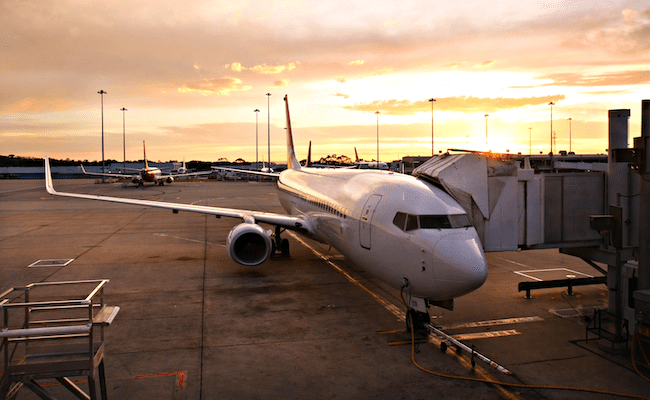Commercial air travel continues its quick ascent back from the doldrums of the pandemic years, recently passing two major milestones.
According to the International Air Transport Association (IATA), April 2023 air traffic rose nearly 50 per cent (year-on-year) to take total global traffic, measured in revenue passenger kilometres (RPKs), past 90 per cent (90.5%) of pre-pandemic levels for the first time.
Meanwhile, domestic traffic for April rose by over 40 per cent (y-o-y) and has now fully recovered, with IATA reporting a 2.9 per cent increase over April 2019 results.
Led by Asia-Pacific airlines, international traffic climbed almost 50 per cent against April 2022 to 83.6 per cent of April 2019 levels.
Industry load factor (occupied seats) for the month was above 80 per cent (81.3%), which was just 1.8 per cent down on 2019 levels.
“Heading into the Northern Hemisphere peak travel season, aircraft and airports are full of people eager to make use of their travel freedoms,” IATA Director General Willie Walsh said.
“Airlines are working hard to accommodate them with a smooth travel experience despite continuing supply chain shortages and other operational challenges.
13-figure forecast
Elsewhere, IATA expects nearly double-digit (9.7%) y-o-y growth in total airline revenue in 2023 to US$803 billion (AU$1.2 trillion).
“Airline financial performance in 2023 is beating expectations. Stronger profitability is supported by several positive developments. China lifted COVID-19 restrictions earlier in the year than anticipated,” Walsh said.
“Cargo revenues remain above pre-pandemic levels even though volumes have not. And, on the cost side, there is some relief. Jet fuel prices, although still high, have moderated over the first half of the year.”
All up, IATA expects 4.35 billion people to travel in 2023, which is close to the 4.54 billion who flew in 2019.

Future of fares
On airfares, Walsh denied that fares were even excessive, despite growing profits for airlines.
According to The Guardian, the IATA boss said that “in real terms, fares are flat with where they are in 2019” when one considers inflation and high fuel costs. There is also the matter of “wafer thin” margins for carriers, which he said amounted to just US$2.25 for each passenger on average.
“That won’t even buy a subway ticket in New York,” Walsh stated.
“That level of profitability is not sustainable. But considering we lost $76 per passenger in 2020, the velocity of the recovery is strong.”
And the cost of sustainable fuels will also come into play for airfares.
“I see certainty in the next 10-15 years that we’re looking at a significant increase in fuel costs. Unless there’s some compensating reduction in other costs – and I don’t see that – then people have to expect that there will be an increase in average fares as we go forward,” he remarked.
“It will mean higher fares, because sustainable aviation fuel is more expensive than your traditional jet kerosene. And as we transition to net zero, it is going to cost some money.”
Meanwhile, new IATA data shows that the number of incidents involving unruly plane passengers also rose at a significant rate last year.







